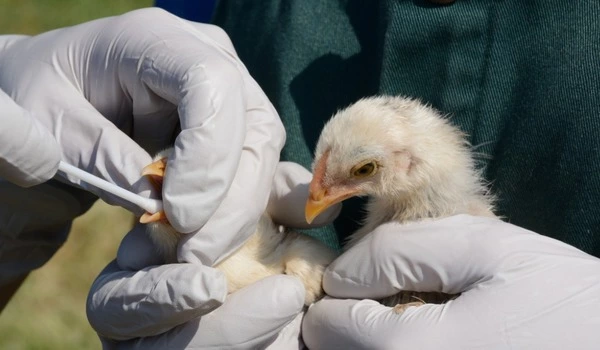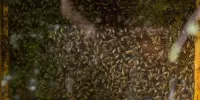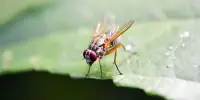Bird flu, also known as avian influenza, is a group of viruses that primarily infect birds but can occasionally infect humans. The severity of bird flu outbreaks varies depending on the virus strain and its ability to cause severe illness or death in infected people. Some strains of bird flu, such as the H5N1 and H7N9 subtypes, have caused severe disease, raising fears of a global pandemic.
Scientists discovered that the virus strains that arrived in 2021 quickly acquired genes from viruses in North American wild birds. The reassortant viruses that resulted spread across the continent, causing more severe disease.
Scientists at St. Jude Children’s Research Hospital discovered how the current outbreak of H5N1 avian influenza virus (bird flu) gained new genes and increased virulence as it spread west. The avian virus was found to severely infect the brains of mammalian research models, a significant departure from previous related strains of the virus. To understand what makes the virus so unique, the researchers genetically traced its spread across the continent and its establishment in wild waterfowl populations. The findings were recently published in the journal Nature Communications.
“We haven’t seen a virus quite like this one,” said corresponding author Richard Webby, Ph.D., St. Jude Department of Infectious Diseases. “In 24 years of tracing this particular H5N1 flu lineage, we haven’t seen this ability to cause disease but also be maintained in these wild bird populations.”
This is no longer just a chicken virus. It is also infecting other avian and mammalian species in the United States. It is a greater risk of exposure for humans and other mammals than we have ever had in North America. We’ve never seen such a high concentration of highly pathogenic flu viruses in the wild.
Richard Webby
The scientists discovered an unexpectedly high level of pathogenicity when they tested the newer avian flu strains for their ability to cause disease in mammals by infecting a ferret model.
“Some of these are really nasty viruses,” said Webby. “A large amount of the virus is found in the brains of infected animals. That’s what we saw with these flu strains: increased pathogenicity accompanied by a high virus load in the brain. It’s not the first time we’ve seen H5 viruses in the brain, but these are likely the most virulent we’ve seen in our 24 years of studying viruses.”
Previous influenza viruses that caused severe disease in North America “burned out” in their primary host bird population, resulting in rapid outbreaks. This current strain was found in high concentrations in sick chickens but has since spread to other species.
“This is no longer just a chicken virus,” Webby explained. “It is also infecting other avian and mammalian species in the United States.” It is a greater risk of exposure for humans and other mammals than we have ever had in North America. We’ve never seen such a high concentration of highly pathogenic flu viruses in the wild.”

A low risk to humans (for now)
While newer strains of this H5N1 influenza virus have a greater ability to cause disease in mammals than older viruses, scientists determined that it is low-risk to humans. This is due to the virus’s apparent ability to spread between birds rather than mammals.
“Overall, their risk to humans is still low,” said Webby. “However, that risk appears to be shifting, and these viruses are doing things we haven’t seen H5s do before.” They’ve infiltrated the continent’s wild bird population, reassorted, and survived over time. There are now numerous types available, and they are extremely dangerous.”
Even though the risk of spreading infection is low, the research suggests humans should be cautious interacting with wildlife.
“Someone would have to work pretty hard to infect themselves with this virus. But if they do happen to be infected, there’s a real chance of getting a severe disease from it,” Webby said. “People just need to be careful and remember that some of the wild animals out there potentially harbor these highly pathogenic viruses.”
Genetic change supercharges spread and severity
Previously, similar strains of influenza viruses did not cause similarly severe diseases, nor did they spread widely in wild bird populations. Because the new strains caused so much more damage, the scientists looked for differences. The researchers discovered the direct ancestor of today’s strains, which spread from Europe to the Americas after acquiring a different version of the viral protein neuraminidase. This new protein boosted the virus’s ability to spread between birds. Then it traveled to the United States from Canada’s East Coast.
As the researchers investigated the virus further, they discovered which viruses, distinct from previous ones, were responsible for the current outbreaks. They discovered that once in North America, the virus rapidly changed to become more virulent. It mingled with flu viruses in wild birds in North America, swapping several genes. This gene reassortment had two effects. One, the virus appeared to become more adapted to the bird population, infecting a wide range of birds. This included unusual hosts like buzzards and eagles, which normally do not get the flu. Second, the virus acquired the ability to cause severe disease.
















